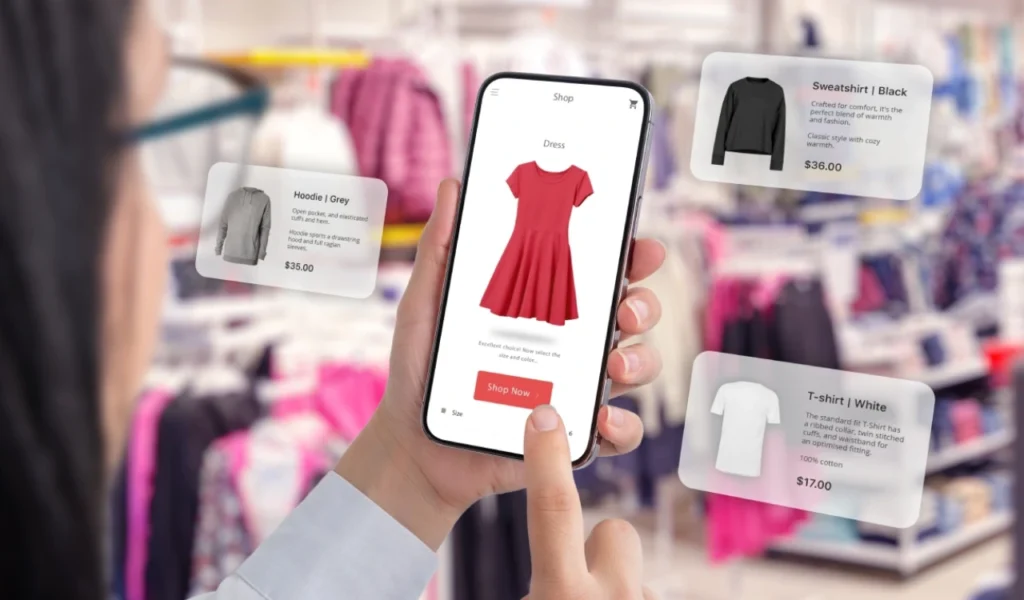Insight Over Instinct: How Data-Driven Product and Pricing Strategies Create Market Winners

How do companies ensure that they are launching the right product at the right time, at the right price? Is it instinct, or data?
Today, having a good product or perfect pricing is not enough. The real winners are those who club their products and strategies with data-driven decision-making.
How do they do it?
To determine the right pricing strategy, forecast customer demand, and make space for yourself in the market companies need to ask themselves:
Are you pricing based on instinct or insight?
Are you selling products that customers wish for or pay for?
Are you listening to what the data is telling you?
At Syren, we have simplified this for your business. In this blog, we break down how data-driven and pricing strategy can help your business thrive & make a space for you in the market!
How Data Helps in Determining Product Strategy
Businesses collect data from several sources such as purchase behavior, product feedback, social media interactions, and usage patterns. The insights derived from this data can help:
- Understand what the customer needs and their pain points.
- Identify ongoing or emerging trends
- Personalize their offering
- Accelerate their product innovation
As per McKinsey's report, businesses that leverage customer insights to develop their products see a 2X to 3X growth in their revenues.
How Data-Driven Pricing Changes the Game
Pricing is one of the most critical factors to consider for a disruption-free system. To do so, thriving businesses are making use of their data.
Here’s how:
Dynamic Pricing
Let’s consider Amazon, the company adjusts prices in real-time based on demand, inventory levels, and competitor pricing, increasing both sales and margins.
Price Sensitivity Analysis
By studying customer responses to different price points, the optimal price that balances volume and profitability can be predicted.
Competitive Benchmarking
With data, it is possible to monitor competitor pricing strategies and respond faster.
Customer Segmentation
Advanced analytics can help you create pricing tiers based on customer willingness to pay, improving conversion across different buyer groups.
According to a Harvard Business Review, a 1% improvement in price optimization can lead to an 11% increase in profits.
What is Dynamic Pricing and Why Companies are Adopting It?
Dynamic pricing is making real-time adjustments to product prices based on data like demand supply, seasonality, customer behavior, and feedback. It is a proactive approach for businesses wanting to stay competitive, improve profit margins, meet demand efficiently, and maximize revenue during peak periods.
Best Dynamic Pricing Models
- Rule-Based Pricing: Establishes if-then rules (e.g., raise the price by 10% if demand surges by 30%).
- Time-Based Pricing: Varies with time intervals (utilized in travel, entertainment, etc).
- Segmented Pricing: Charges varied customer segments at different prices.
- AI/Machine Learning-Based Pricing: Learns from already existing data and adjusts in real-time.
Steps to Build a Data-Driven Product and Pricing Strategy
Data Collection
Cumulating structured and unstructured data from various sources such as customer interaction, transactions, market research, and competitor analysis.
AI-Powered Advanced Analytics
Investing in machine learning models and analytics tools that can give real-time insights, predict behaviors, and simulate market scenarios.
Testing and Iteration
Using the A/B testing method to validate and analyze the performance of new products, features, and pricing models before full-scale rollouts.
Investing in Real-Time Capabilities
Speed matters. Collecting real-time data and analyzing it to adjust product recommendations and prices quickly to capture ongoing market opportunities.
Prioritizing Customer
Customer satisfaction is what builds a brand's trust. Therefore, aligning product and pricing strategy to customer values and behavior is crucial to get the right plan in place.
A Real-World Fix: Nike
Let’s take the example of Nike, a leading athletic footwear and apparel brand. Nike uses data analytics to enhance its product development and pricing strategies.
The brand focuses on customer interactions and feedback from smart products like Nike Adapt, which features self-lacing technology. Nike obtains insights into consumer preferences and behavior and then customizes its product designs to meet the customer's needs, ensuring the right product launches at the right time.
On the pricing front, Nike employs dynamic pricing strategies that adapt to market trends and adjust pricing in real time enabling them to optimize revenue and maintain competitiveness in various markets.
This leading brand is not just leveraging AI for insights, it is using its recommendation to drive revenue, growth, and to stay ahead of its competitors.
Conclusion
Enterprises that are leading the market are doing more than providing the best product at the lowest prices. They also understand what their customer wants with the power of data. With the right insights, they are staying ahead of the competition.
But how are they doing it?
Let Syren be your guide. We are already helping Fortune500 enterprises to unlock these insights and turn them into measurable results. It’s time to switch to intelligence with us. Let data be your differentiator! Let’s Talk.


